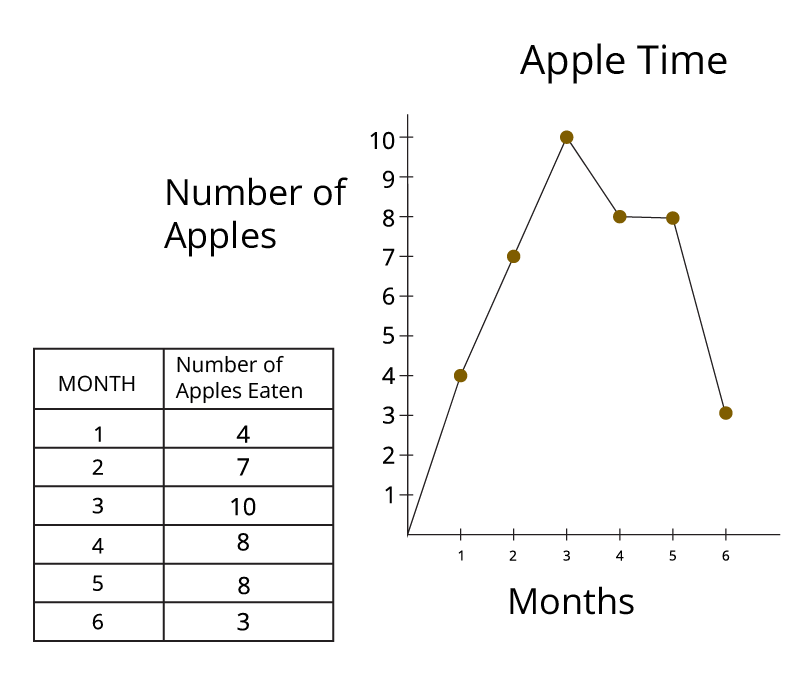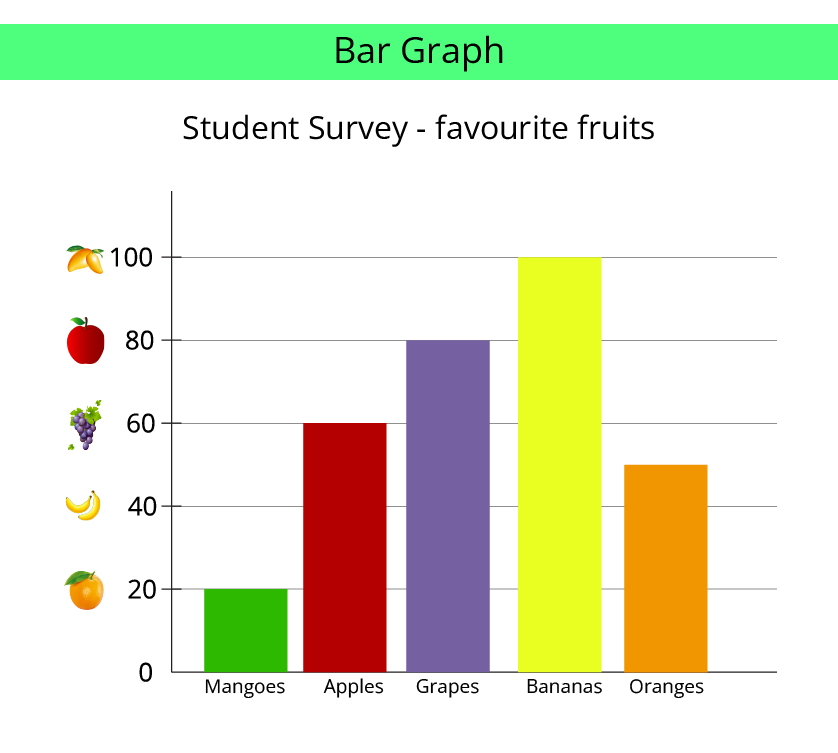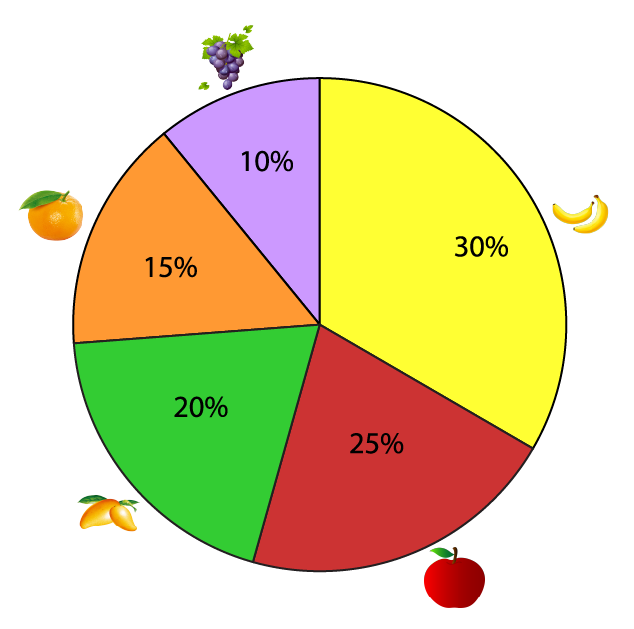Learn How to Make Smart Charts with CBSE Class 3 Maths Chapter 13 Revision Notes
FAQs on Smart Charts Class 3 Notes CBSE Maths Chapter 13 (Free PDF Download)
1. Why is getting Smart with Charts easier with Vedantu?
The experts compile answers and explain concepts of Maths chapters using a simpler language. They also follow the CBSE guidelines to ensure the explanation matches the standard of the Class 3 students.
2. How can you use revision notes to make smart charts?
Experts will explain how to make tables using the information embedded in the pictures. Focus on making tables. You will also learn how to answer questions based on the Smart Charts summary.
3. How can I prepare Chapter 13 smart charts before an exam?
The preparation of Chapter 13 Smart Charts becomes easier with Vedantu’s revision notes and worksheets. Practice worksheets and take a glance at the concepts in the notes before an exam.






















